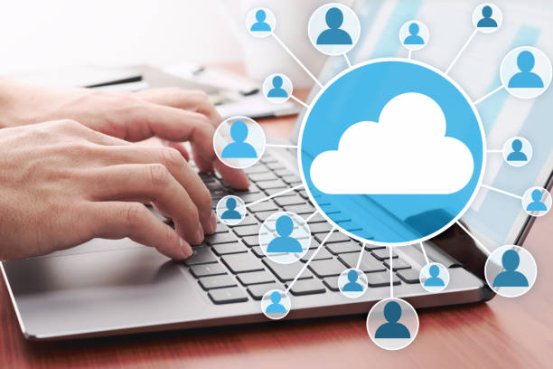Around 70% of organizations now use cloud-based HR software to simplify their operations. Discover how this technology is reshaping human resource management for modern businesses.

Cloud-based HR software has become an essential tool for companies embracing digital transformation. But what does it truly mean for today’s HR departments?
This article explores the core functions of cloud-based HR software, its key advantages and drawbacks, and practical guidance on selecting the ideal platform. It also features examples of successful implementations and insights into the future of HR in an increasingly cloud-driven world.
What Is Cloud-Based HR Software?
Cloud-based HR software refers to systems hosted on remote servers and accessed via the internet. Unlike traditional HR platforms that rely on in-house servers, cloud-based systems enable mobility and real-time access from virtually anywhere.
These solutions usually include integrated modules for payroll, employee benefits, recruitment, onboarding, performance management, and self-service functions. By consolidating these processes, HR teams can enhance efficiency and improve data accuracy. Real-time updates ensure managers and employees always have the latest information to support decision-making.
Additionally, cloud-based HR platforms typically use subscription-based models, reducing upfront investments. Companies can adjust their subscription plans as their workforce or operational needs change, providing scalability and financial flexibility.
Key Benefits of Cloud-Based HR Software
One of the biggest strengths of cloud-based HR software is its accessibility. HR professionals and employees can securely log in from any device, promoting remote work and supporting flexible schedules—an increasingly valuable feature in hybrid workplaces.
Enhanced data security is another major benefit. Top providers implement strong protection measures like encryption, multi-factor authentication, and continuous system monitoring. In many cases, cloud security surpasses that of on-premise systems due to advanced, centralized protection protocols.
Collaboration is also significantly improved. Self-service portals empower employees to manage personal details, check pay slips, or request time off without HR intervention. This reduces administrative tasks and boosts productivity, allowing HR teams to focus on strategy rather than routine maintenance.
Challenges and Considerations
Despite its advantages, cloud-based HR software presents some challenges. Data privacy remains a key concern, especially for companies handling sensitive employee information. It’s critical to ensure the software provider adheres to data protection regulations such as GDPR or HIPAA.
Integration can also be complex when transitioning from older systems. Migrating historical data to new platforms requires thorough planning to prevent errors or downtime. A comprehensive data migration strategy should be established before implementation.
Finally, consistent internet access is essential. Any connectivity issue can temporarily disrupt operations, so selecting a provider with reliable uptime guarantees and 24/7 support is important.
How to Choose the Right Cloud-Based HR Software
Selecting the right platform begins with assessing organizational requirements. Determine whether your business needs advanced capabilities such as talent analytics or if core features like payroll and leave management will suffice.
Ease of use is equally important. An intuitive interface encourages employee adoption and reduces training time. Transparent pricing is another factor—understand what’s included in your plan and whether add-ons incur extra costs. Before finalizing your decision, request product demos and review customer feedback for firsthand insight into performance and support quality.
Real-World Examples and Case Studies
A mid-sized technology company that implemented cloud-based HR software reported a 30% reduction in recruitment cycle time. Its applicant tracking system enabled faster candidate evaluations and streamlined communication among hiring managers.
Meanwhile, a large retail chain adopted a cloud-based platform to automate payroll and staff scheduling. Payroll errors decreased by 75%, and employee satisfaction rose due to easier access to pay and scheduling information. The HR team also saved hours weekly by reducing manual administrative tasks.
These examples demonstrate how effective implementation can improve operational efficiency, accuracy, and engagement across an organization.
The Future of HR Management
Looking ahead, HR technology will continue evolving toward smarter, AI-driven solutions. Artificial intelligence will refine recruitment processes, automate feedback systems, and enhance analytics for strategic decision-making.
As companies prioritize employee experience, cloud-based HR platforms will deliver personalized solutions that cater to individual needs. With employees expecting user-friendly technology similar to consumer apps, organizations adopting modern cloud solutions will gain a competitive edge in attracting and retaining top talent.
Conclusion
Cloud-based HR software is transforming how businesses manage their people. It improves accessibility, strengthens data protection, and fosters collaboration, but also requires attention to privacy, integration, and connectivity challenges.
Choosing the right platform involves balancing functionality, usability, and cost. Success stories from real-world organizations underscore the tangible benefits of digital HR transformation. As cloud technology continues to evolve, businesses leveraging these tools will be better equipped to support efficient, data-driven, and employee-centered HR management in the years ahead.
